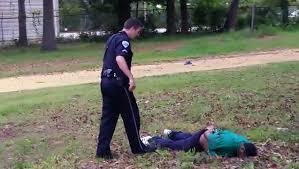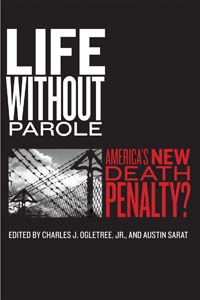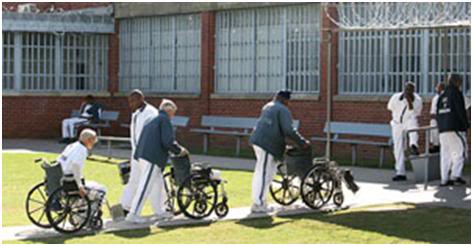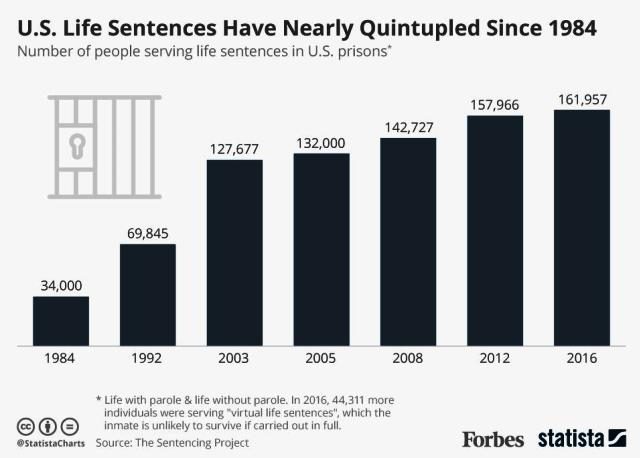
Killer cop Michael Slager stands over the body of unarmed father Walter Scott, 50, after traffic stop for defective tail-light April 4, 2015.
By Danette L Chavis – National Action Against Police Murder!!
Dec 8, 2017 — Ex-police officer Michael Slager was sentenced to 20 years in prison, plus two years of supervision after his release, by U.S. District Judge David Norton. The sentence comes two years after the fatal shooting of Walter Scott, who was running away from police after being stopped for a broken tail light. The officer had claimed that Mr. Scott had taken control of his taser and that he “feared for his life”. But the video which recorded the shooting shows Mr. Scott running away from police and being fired upon, striking him 5 times including 3 in the back. The officer then handcuffs him as he lay there bleeding.
The officer who had been trained against the use of lethal force, not only murdered the father of four as he was running away from him, but lied accusing the victim of taking control of his taser and “fearing for his life”. Then he stood before the judge and the victim’s family in court and claimed that he wished that he could “go back in time and change the events” calling it “a very tragic situation” – not an outright murder he himself committed! He claimed to be “taking responsibility for the actions of April 4th 2015” without claiming he himself caused it, or admitting that lies that were told in an attempt to justify those actions after they had been taken. But all the same expects some leniency for the “guilty” plea he’s entered into court.

Michael Slager; Walter Scott
The truth is, his pleading “guilty” to violating Walter Scotts civil rights, was agreed to in exchange for state prosecutors “dropping their case” against him after the murder trial ended in a hung jury – for which if he was convicted could result in 30 years in prison.
So he pleads guilty at the federal level regarding a civil rights violation and receives 20 years instead. The family of Walter Scott calls it justice and say that history has been made concerning it. I see a “repeated” history, one of cops murdering the unarmed, lying about it, and a system that aids them in avoiding the penalty rightfully owed!
Sign Petition to U.S. Justice Department now!
Click on: https://www.change.org/p/national-action-against-police-brutality-and-murder
KILLER COPS RARELY CONVICTED WHILE LIFE SENTENCES SKYROCKET FOR OTHERS
The number of people serving life in U.S. prisons at an all-time high
Two-thirds are people of color; 12,000 are juvenile lifers
From Sentencing Times, a publication of the Sentencing Project
Fall, 2017
As outlined in our report May 3, 2017, “Still Life: America’s Increasing Use of Life and Long-Term Sentences,” 206,000 people were serving life with parole, life without parole, or “virtual life” sentences of 50 years or more in 2016—one of every seven people in prison. Two-thirds of these serving life are people of color.
For full report, see http://www.sentencingproject.org/publications/still-life-americas-increasing-use-life-long-term-sentences/
 The number of people serving life is nearly five times the figure in 1984 despite evidence that continuing to incarcerate those who have “aged out” of their crime-prone years is ineffective in promoting public safety. The expansion is an outgrowth of “get tough” crime policies that characterized sentencing policy in the 1980’s and 1990’s.
The number of people serving life is nearly five times the figure in 1984 despite evidence that continuing to incarcerate those who have “aged out” of their crime-prone years is ineffective in promoting public safety. The expansion is an outgrowth of “get tough” crime policies that characterized sentencing policy in the 1980’s and 1990’s.
Along with the spread of mandatory sentencing, Report author Ashley Nellis found that while the majority of people serving life sentences were convicted of murder, the punishment is not reserved for the “worst of the worst.” Over 17,000 people convicted of non-violent offenses are serving life or virtual life sentences, and 12,000 people were under 18 at the time of their crime, when they were still maturing into adulthood.
These figures come at a moment when calls to end mass incarceration abound throughout the nation. Yet the increasing use of life imprisonment suggests that substantial reductions in incarceration will be limited unless policymakers address the punishments at the deep end of the system for crimes that include violence, along with the more politically palatable offenses involving drugs.
In a second report, “Delaying a Second Chance: the Declining Prospects for Parole on Life Sentences,” research analyst Nazgol Ghandnoosh reveals just how elusive parole has become for eligible lifers. Based on a national survey with responses from 31 states and the federal government, this analysis found a variety of policy choices and practices that have caused paroled lifers to serve much longer prison sentences than their counterparts in the past.
(Full report at http://www.sentencingproject.org/publications/delaying-second-chance-declining-prospects-parole-life-sentences/.)

Life in prison means death in prison.
Specifically, in eight jurisdictions for which data are available since the 1980’s, average time served by lifers with murder convictions doubled from 11.6 years for those paroled in the 1980’s to 23.2 years for those paroled between 2000 and 2013.
In a supplemental document, Grandnoosh reports on how these patterns are echoed in other states, and identifies specific policy changes that have contributed to the increase in time served.
“Delaying a Second Chance” identifies factors producing longer prison terms for parole-eligible lifers:
- Gubernatorial authority: Governors in some states have appointed parole board members committed to reducing parole grants and limiting parole boards’ decision-making authority.
- Parole board procedures: Most states afford only limited rights to incarcerated individuals during parole hearings.

Elderly, infirm Michigan prisoners
The Sentencing Project’s research on life sentences concludes that unnecessarily long prison terms are costly and impede public investments in effective crime prevention, drug treatment, and other rehabilitative programs that produce healthier and safer communities.
The Sentencing Project’s research on life sentences concludes that unnecessarily long prison terms are costly and impede public investments in effective crime prevention, drug treatment, and other rehabilitative programs that produce healthier and safer communities.





